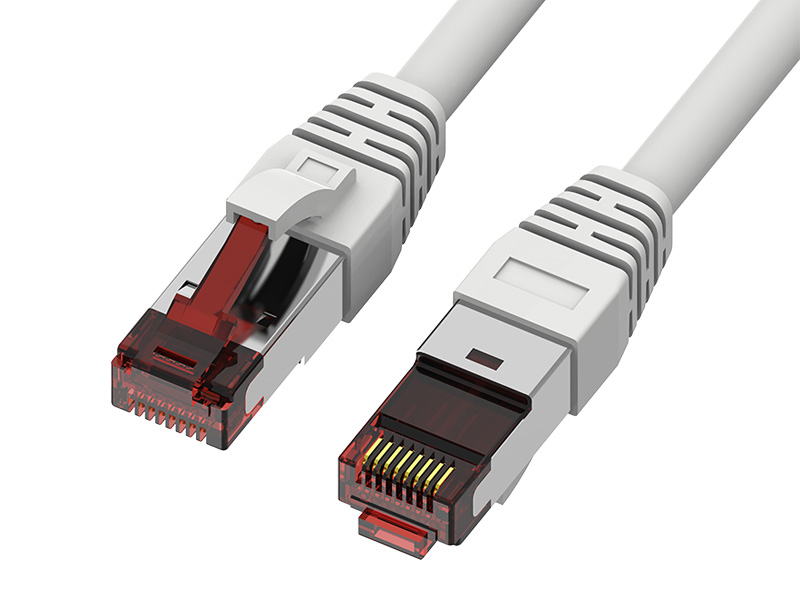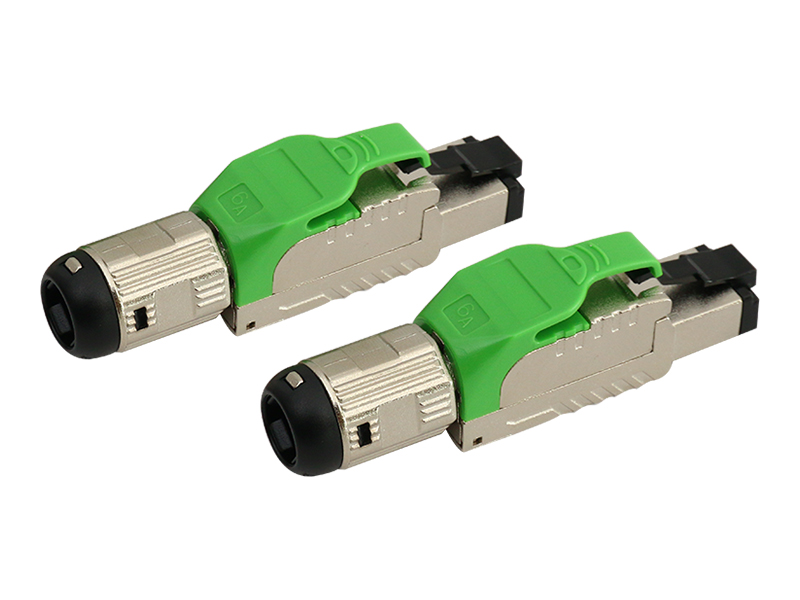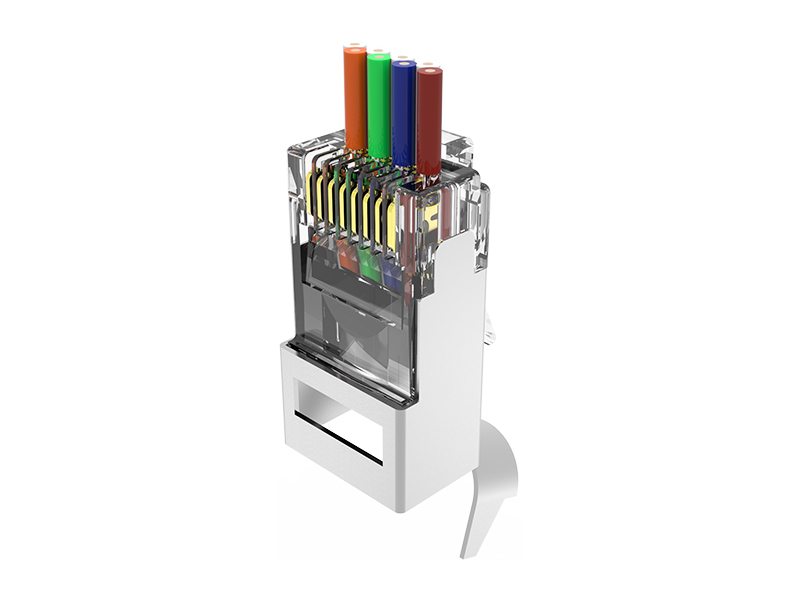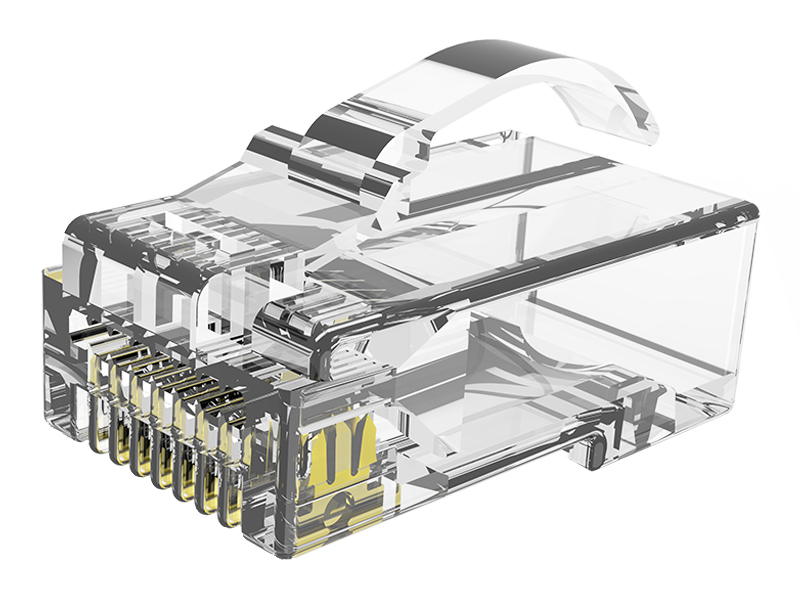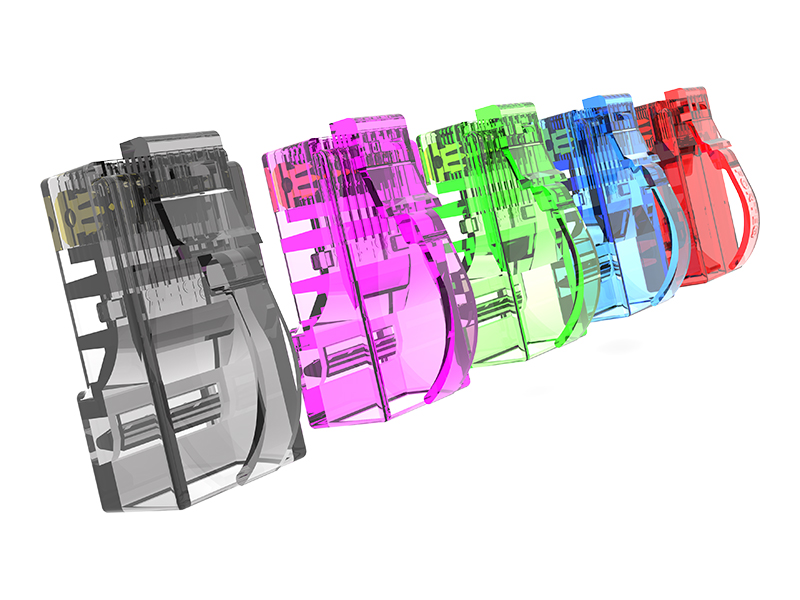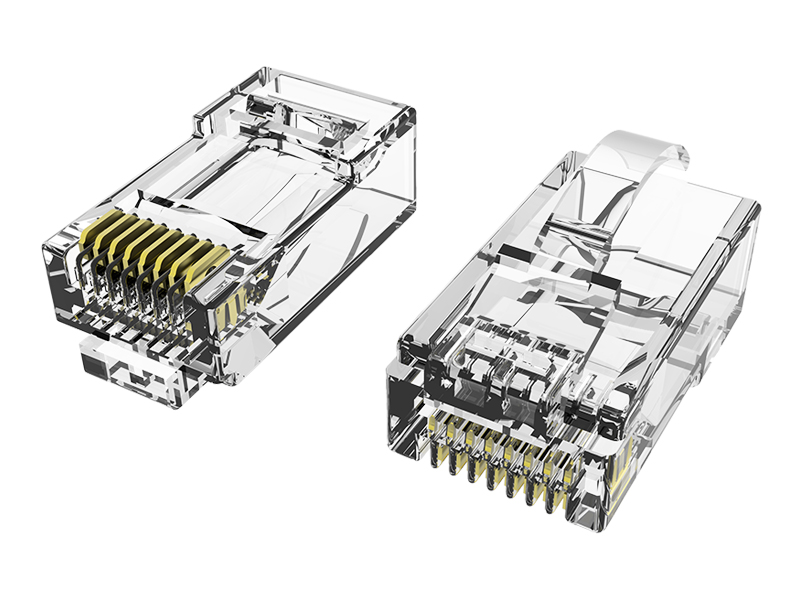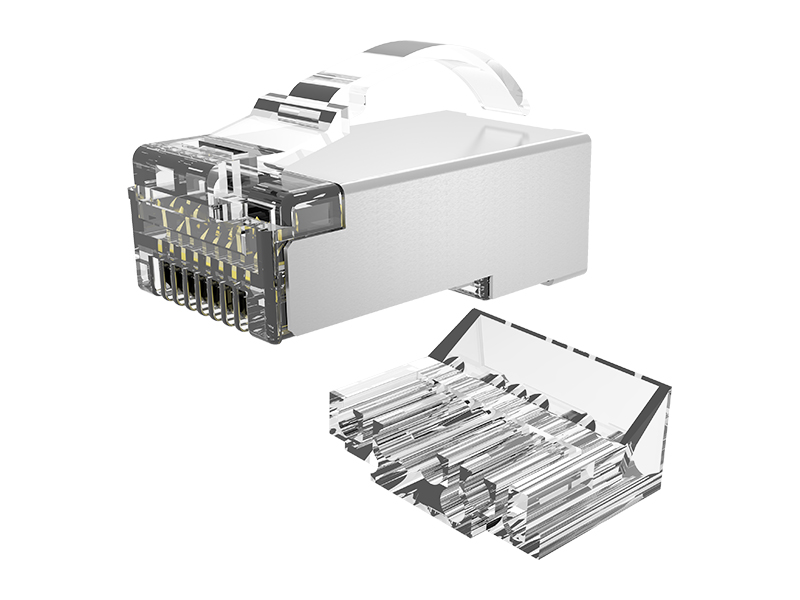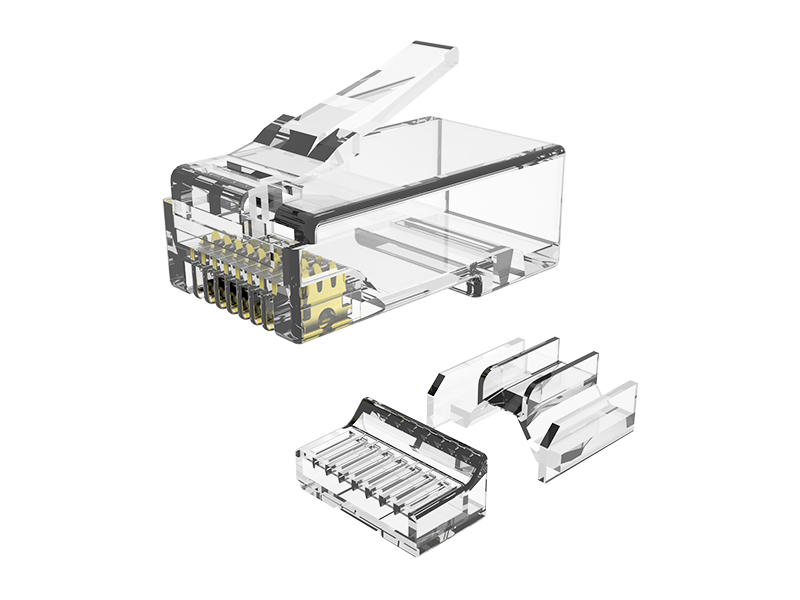The various parameters of the pass through connector do need to be selected according to the actual usage environment. Improper selection can lead to connection failure, signal interference, or security risks. The following is a breakdown explanation:
1. The working voltage and current parameters need to match the actual load
▸Voltage level: It should match the rated voltage used by the system to avoid breakdown or leakage.
▸Rated current: The connector needs to be able to withstand the maximum current during actual operation to prevent heating, melting, or burning.
▸For example, there is a significant difference in current levels between connectors used for LED lighting and those used for motor drive.
2. The material of the connector should be suitable for the corrosive environment
▸Metal materials (such as copper, gold plating, tin plating) should be selected with good corrosion resistance and used in humid, seaside, or chemical environments.
▸The shell material should be selected according to the requirements of temperature resistance, UV resistance, flame retardancy, etc. Common materials include PA66, PBT, ABS, etc.
3. The waterproof and dustproof rating (IP rating) should be determined according to the installation environment
▸IP20-IP40 products can be selected for indoor ordinary environments;
▸Outdoor or humid, dusty environments require the use of IP65-IP68 waterproof straight connectors;
▸Special environments such as underground, tunnels, and vehicle chassis may also require pressure resistant sealing capabilities.
4. The working temperature range needs to match the environmental temperature changes
▸Different industries have significant differences in temperature range requirements:
▸Consumer electronics: -10 ° C to 60 ° C
▸Automotive industry: -40 ° C to 125 ° C
▸Industrial/power industry: -40 ° C to 150 ° C
▸In environments with significant temperature differences, materials and structural designs with higher thermal stability should be selected.
5. Electrical performance indicators need to consider signal types
▸Digital signal transmission: attention should be paid to contact resistance, signal attenuation, crosstalk, and shielding performance;
▸Analog signal transmission: priority should be given to contact quality and anti-interference ability;
▸High frequency signals (such as RF): It is necessary to choose connectors with good impedance matching and low insertion loss.
6. The mechanical performance should be suitable for installation and use
▸Durable insertion and extraction times: For frequent disassembly and assembly occasions, high durability (>500 times) products should be selected;
▸Wiring method: Choose crimping, screw locking, welding, quick plug, etc. as needed;
▸Size and space limitations: Small or right angle connectors should be used in devices with limited space.
7. Meet industry or regional standards
▸Different industries/regions have standard requirements for connectors:
▸Electrical: IEC, UL, GB, etc
▸Automobiles: USCAR, AEC-Q series
▸Aviation and military industry: MIL, ARINC standards
▸The project needs to select certified products according to customer or industry requirements.



 中文简体
中文简体 English
English Français
Français Deutsch
Deutsch عربى
عربى

